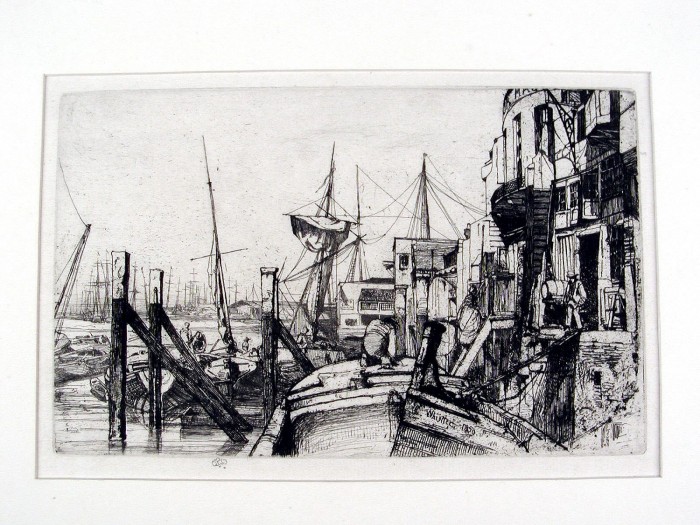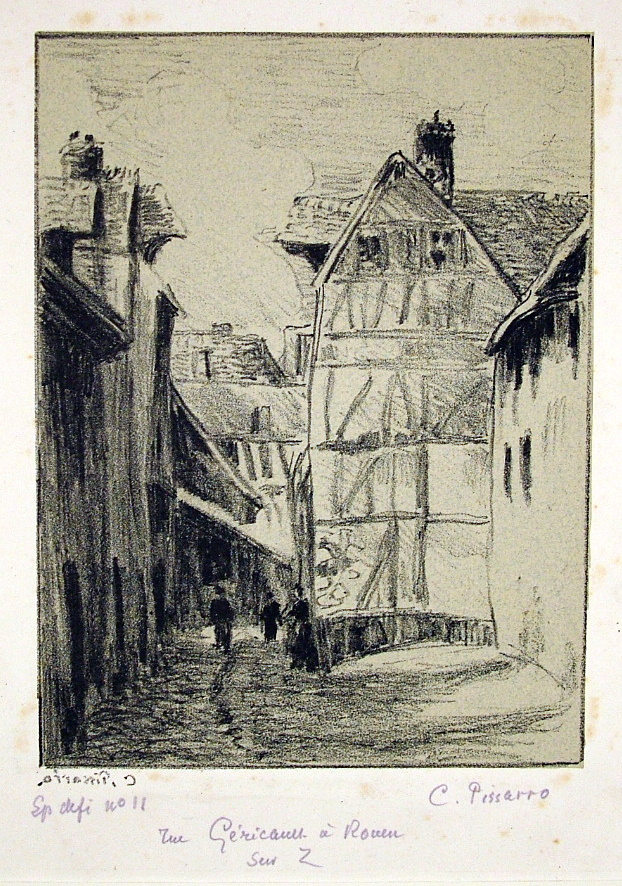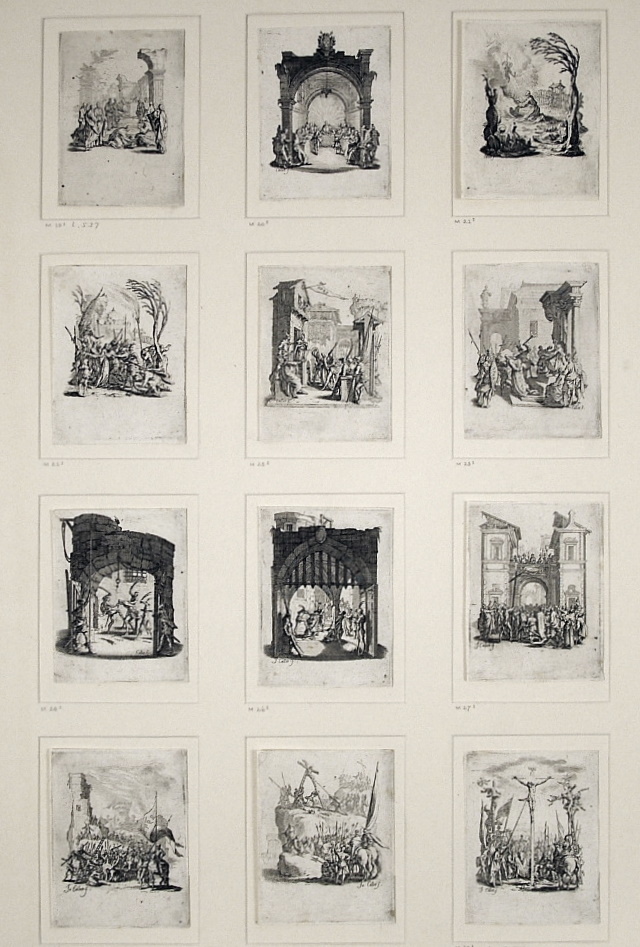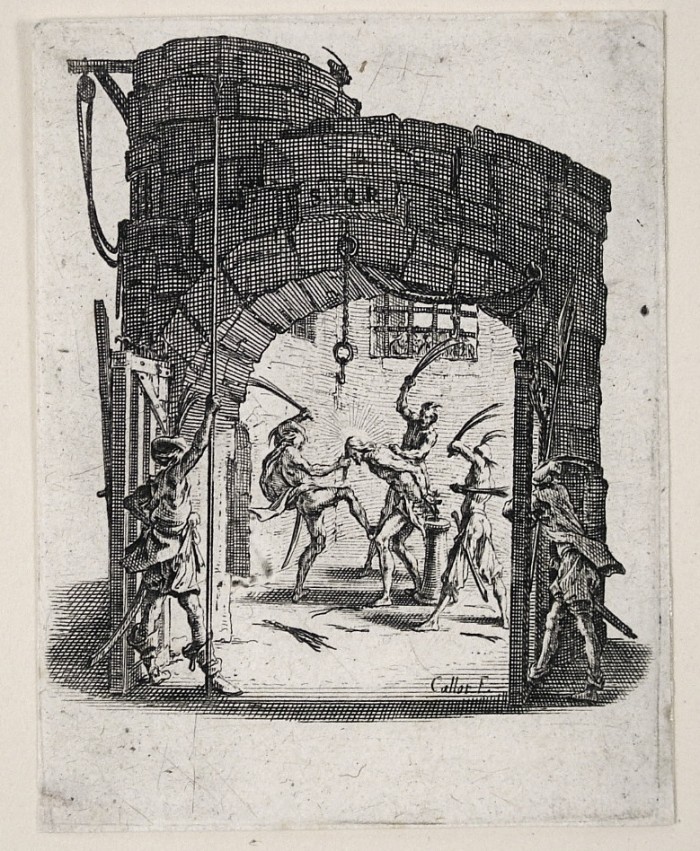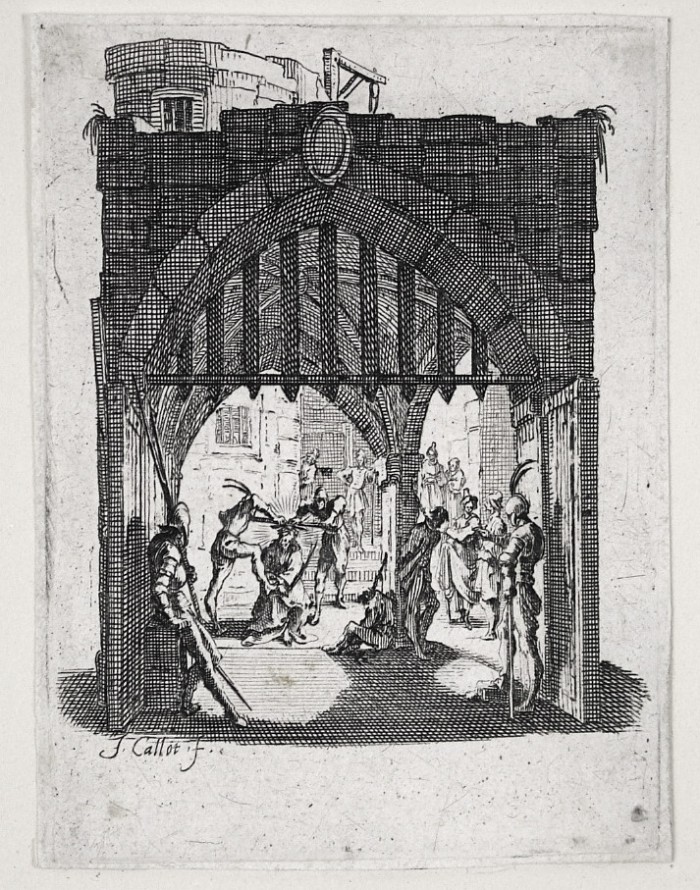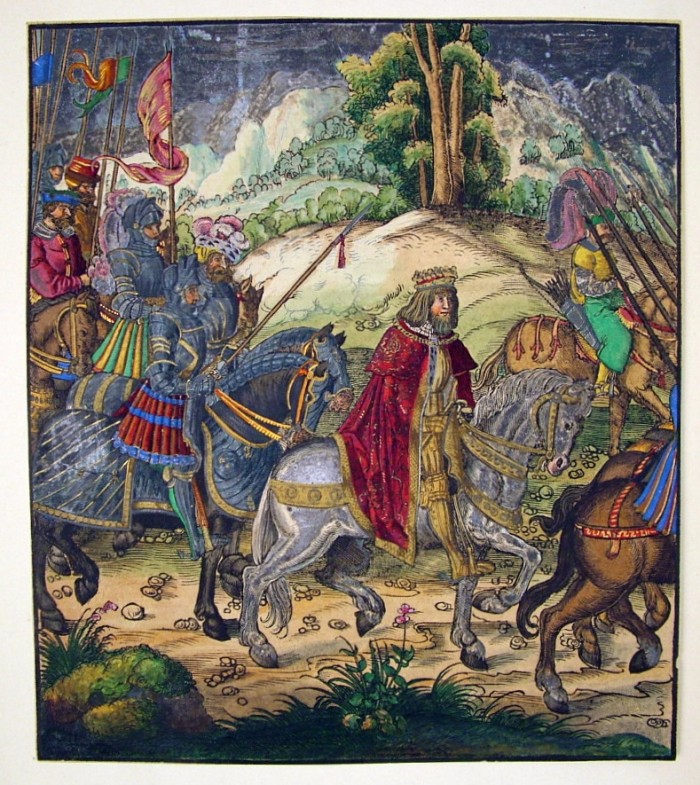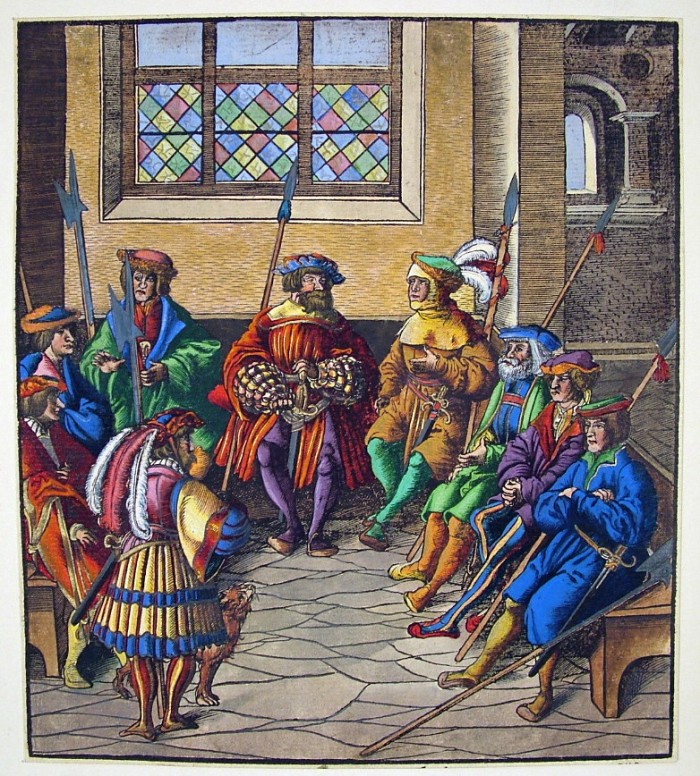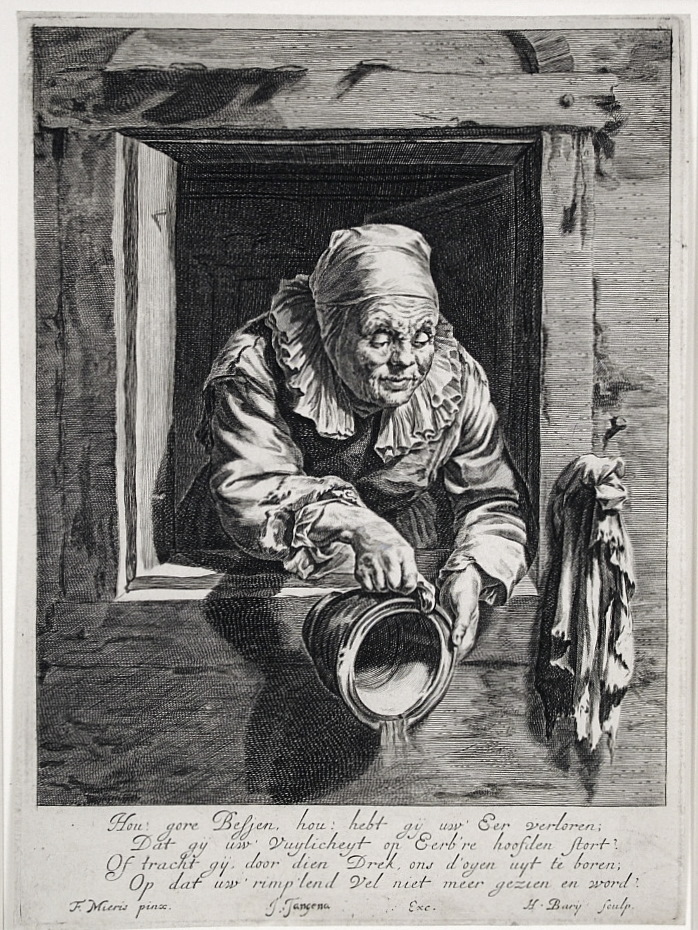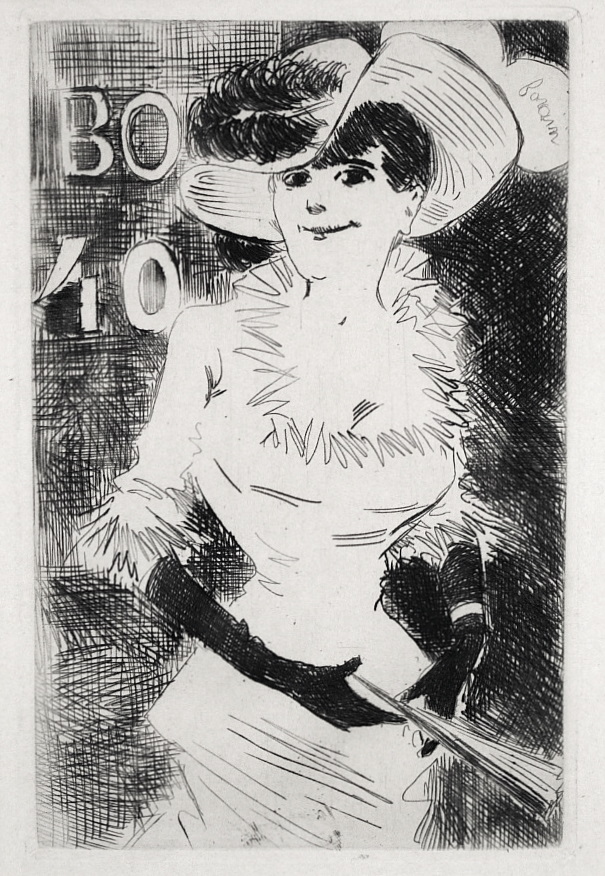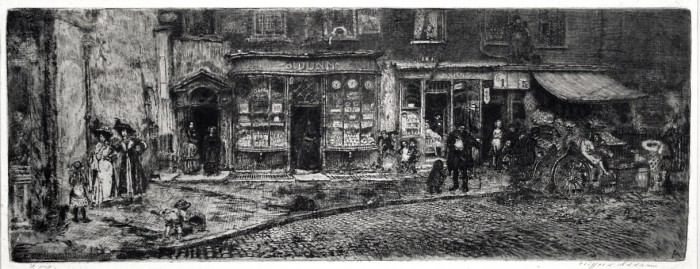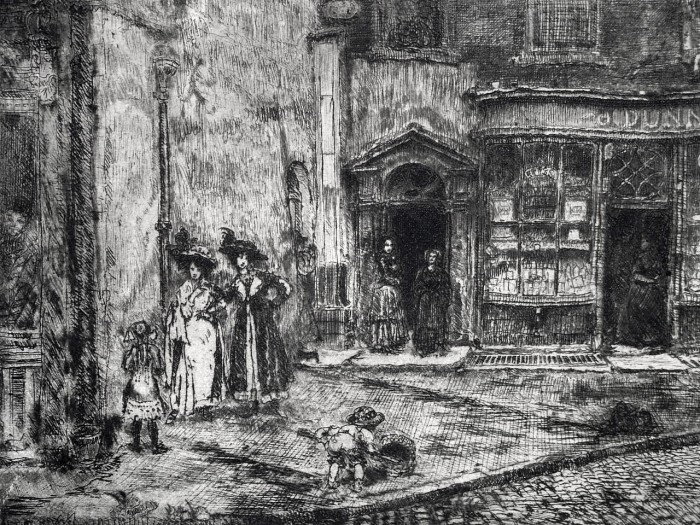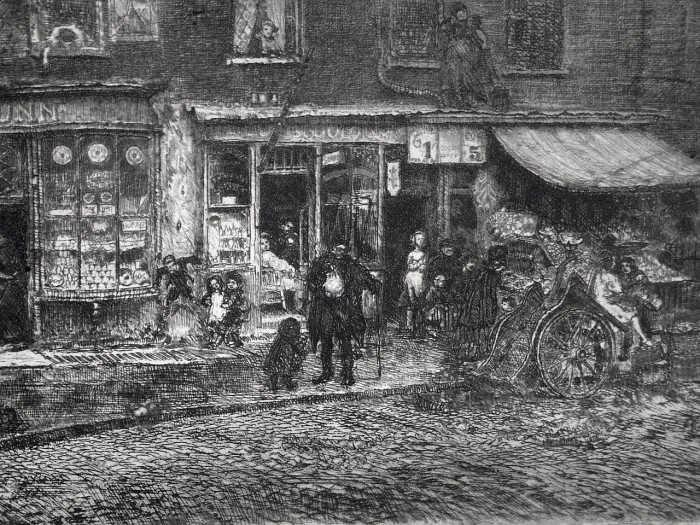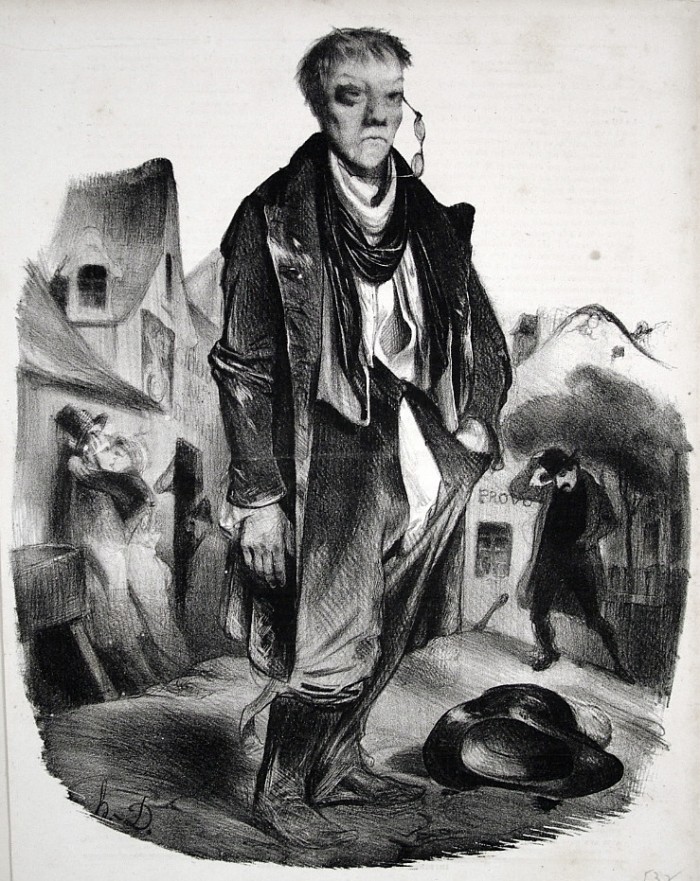Limehouse
Thursday, January 28th, 2010James McNeill Whistler (1834-1903), Limehouse, etching, 1859. References: Glasgow 48, fifth state (of 6), Kennedy 40, third state (of 3), signed with the butterfly in pencil in the lower margin. [Also signed and dated in the plate.]With margins, 5 x 7 7/8 inches, the sheet 6 1/2 x 9 1/2 inches. Published as no. 12 in A Series of Sixteen Etchings of Scenes on the Thames and Other Subjects, otherwise known as the Thames Set. In good condition apart from a soft diagonal fold in the sky.
A very fine impression, in black ink on a thin Japan paper.
Provenance: Dr. John W. Randall (cf. Lugt 2130), without his mark, annotated on the mat.
Limehouse, the entrance to the West Indies Docks, lies opposite the Surrey Commercial Docks in Rotherhithe, along the lower Thames.
It’s unusual to find the signed butterfly (or any pencil signature) on the early London etchings, but it is known that Whistler signed a few some years after they were done, after the time he started using the butterfly signature. This butterfly dates from 1889-90 (cf. description of this impression, Glasgow catalogue).
